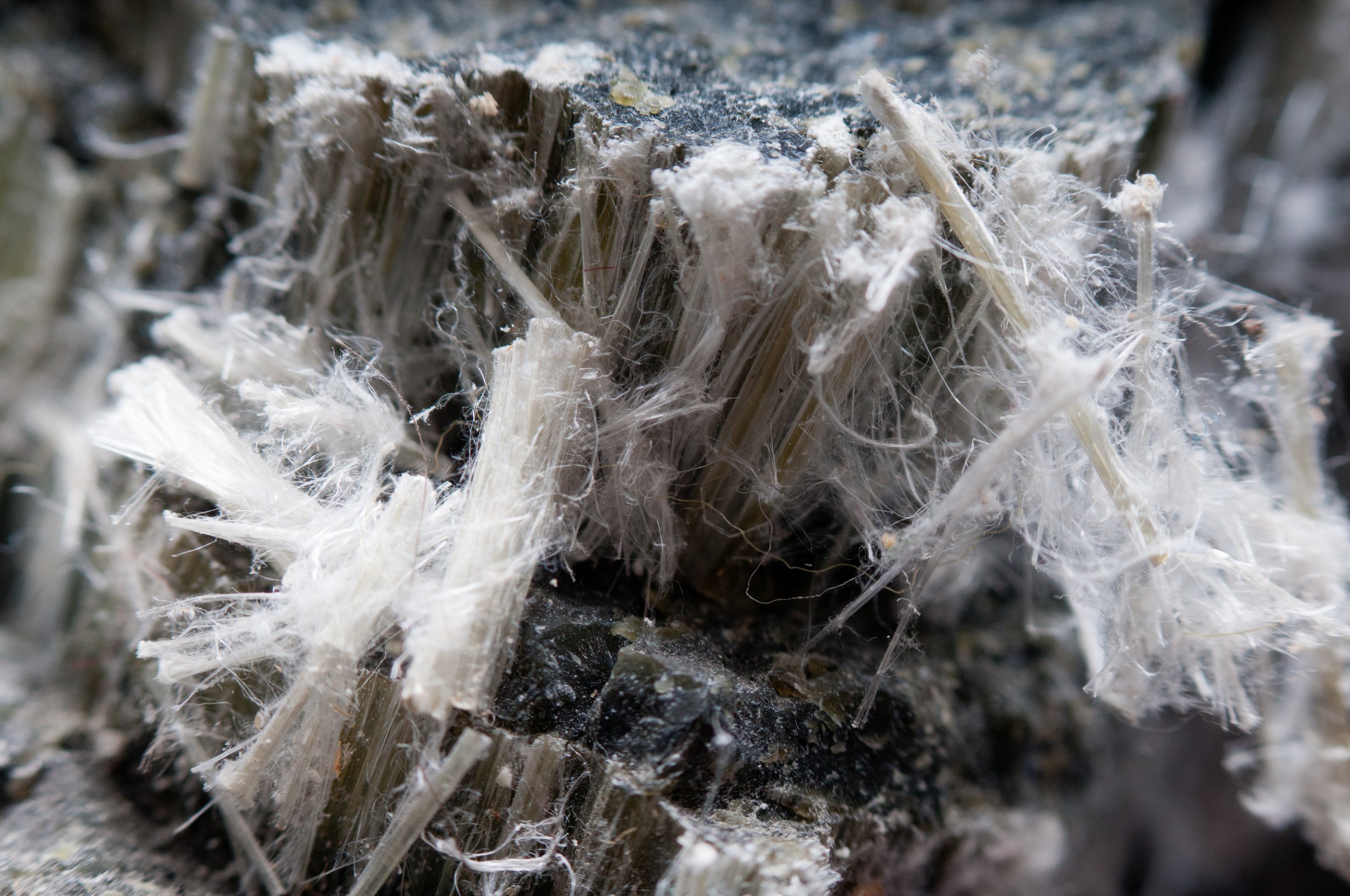Asbestos
Asbestos is a naturally occurring mineral that was widely used in construction and manufacturing for decades due to its high heat resistance and durability. However, it was later discovered that exposure to asbestos fibers can cause serious health issues such as lung cancer, mesothelioma, and asbestosis. As a result, the use of asbestos has been heavily regulated and banned in many countries. In this blog post, we will explore the history of asbestos, the health risks associated with it, and what to do if you suspect asbestos in your home or workplace.
History of Asbestos
Asbestos has been used for thousands of years in various forms, including clothing, pottery, and building materials. However, it wasn't until the late 1800s that asbestos began to be used on a large scale for commercial purposes. The first asbestos mine was opened in Quebec, Canada in 1879, and by the early 1900s, asbestos was being used in everything from insulation to brake linings.
During World War II, the use of asbestos increased dramatically as it was used in shipbuilding, aircraft manufacturing, and other military applications. In the post-war era, asbestos was used extensively in the construction industry, particularly in the insulation of buildings and homes.
Health Risks of Asbestos
Despite its many benefits, it was soon discovered that asbestos exposure could cause serious health problems. Asbestos fibers are very small and can easily become airborne when materials containing asbestos are disturbed. When these fibers are inhaled, they can become lodged in the lungs, causing scarring and inflammation. Over time, this can lead to a variety of health problems, including lung cancer, mesothelioma, and asbestosis.
Lung cancer is the most common health issue associated with asbestos exposure. It develops over time, typically taking 15-30 years after exposure for symptoms to appear. Mesothelioma, a rare and aggressive form of cancer that affects the lining of the lungs and other organs, is also caused by asbestos exposure. It can take up to 50 years for symptoms to appear. Asbestosis is a chronic lung disease that results from the scarring of lung tissue due to asbestos exposure. It can cause shortness of breath, coughing, and chest pain.
What to Do if You Suspect Asbestos
If you suspect that your home or workplace contains asbestos, it is important to take action immediately. The first step is to have the building inspected by a qualified asbestos professional. This person will be able to identify whether or not there is asbestos present and recommend the appropriate course of action.
If asbestos is found, it is important to have it removed by a licensed asbestos abatement professional. Attempting to remove asbestos yourself can be extremely dangerous and can lead to serious health problems. Asbestos abatement professionals are trained in the safe removal and disposal of asbestos-containing materials, and they have the proper equipment and protective gear to do the job safely.
If you are unsure whether or not your home or workplace contains asbestos, there are some signs that can help you determine whether or not you should have it inspected. If your home or workplace was built before the 1980s, there is a good chance that it contains asbestos. Additionally, if you notice insulation that looks like shredded paper or a gray or white powder, it may contain asbestos.
While asbestos has been used for thousands of years, it wasn't until the 20th century that its health risks became widely known. Asbestos exposure can cause serious health problems, including lung cancer, mesothelioma, and asbestosis. If you suspect that your home or workplace contains asbestos, it is important to have it inspected by a qualified professional. If asbestos is found, it should be removed by a licensed asbestos abatement professional.
If you’d like to schedule an inspection, contact us now:
🌎 latinspection.com
📞 206 - 202 7522 ( work ) ( Call only )
📞 408 613 5572 ( Cell ) ( call & text )
✉️ Info@LATinspection.com
📍Servicing King & Pierce County and the surrounding areas.




